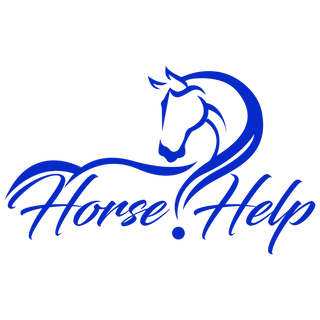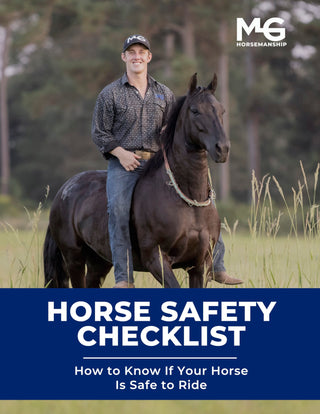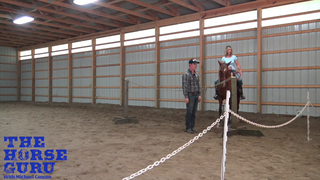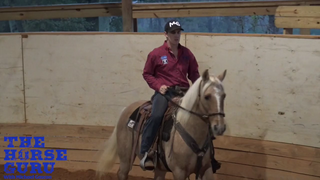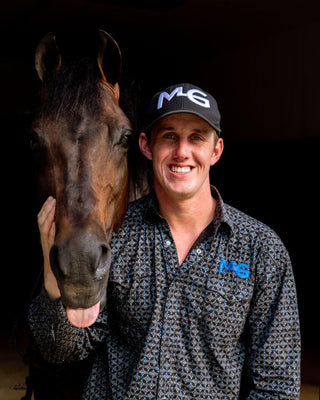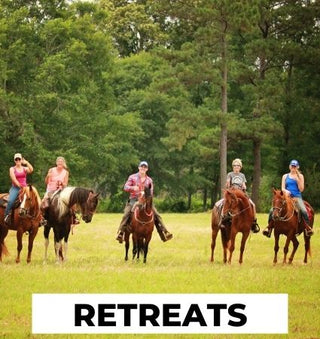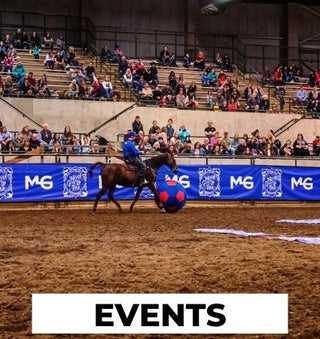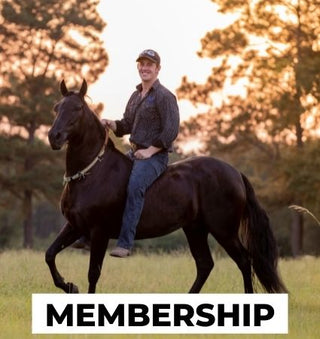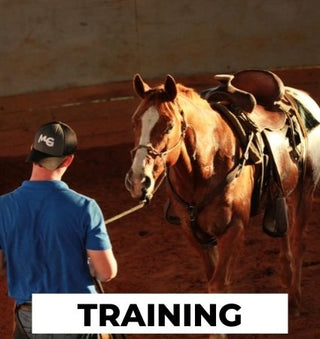Watch the Video Here or continue reading below!
If you're looking to refine your horse's lead change, incorporating a half pass into your training routine is a game-changer. Before considering a lead change, it's essential that your horse has a solid foundation, including the ability to canter off smoothly in both directions and a thorough understanding of the respect series. This guide will break down the half pass exercise and how it sets the stage for a smooth and controlled lead change.
What Is a Half Pass?
A half pass is a lateral movement in which the horse moves forward and sideways simultaneously, with its face and hips directed to the inside. This exercise enhances control over the horse's body and improves balance, making lead changes more predictable and successful.
Setting Up for the Half Pass
To begin, position your horse on the rail. If your horse already knows how to side pass, this will be much easier. Follow these steps:
-
Slide Your Outside Leg Back – This encourages the horse to shift its hips inward.
-
Maintain Light Rein Contact – Avoid pulling the horse’s face towards the rail. Instead, keep its nose slightly to the inside.
-
Use Inside Leg Pressure – If the horse tries to move off the rail, apply gentle inside leg pressure to keep alignment.
-
Balance Your Seat – Shift your inside hip up and sit deep into your outside hip for proper positioning.
Developing the Half Pass
Once your horse understands the movement at the walk, progress to the trot. Here are key points to remember:
-
Focus on Motion Over Maneuver – If your horse gets stuck, encourage forward movement first.
-
Build Consistency – Wait for your horse to execute the movement smoothly before progressing.
-
Use the Rail for Guidance – Initially, the fence serves as a helpful tool to maintain alignment, but eventually, you’ll want to remove this dependency.
-
Proper Use of Spurs – If you ride with spurs, ensure they are only applied when needed. The horse should not feel constant spur pressure.
How the Half Pass Prepares for Lead Changes
A correctly executed half pass ensures the horse’s body is shaped for a clean lead change. If a horse is traveling to the right with its hips and nose aligned in that direction, it becomes much easier to pick up the correct lead. This is why experienced riders often appear to be side-passing before a lead change—when in reality, they are executing a half pass.
Transitioning from Half Pass to Canter
-
Shape the Horse Properly – Ensure the horse’s hips are inside and aligned with its nose.
-
Apply Outside Leg Pressure – This encourages the horse to canter off in the correct position.
-
Reinforce at the Trot – Before expecting a canter transition, ensure the horse can execute a half pass at the trot smoothly.
-
Build to Canter – Once the horse can consistently shift its hips while maintaining balance at the trot, attempt the half pass at a canter.
Why Control Matters Before Lead Changes
Many riders attempt lead changes before their horse has developed the proper control. A lead change requires the horse to freely move its hips, which won’t happen unless the rider has already instilled hip control, head control, and shoulder control. Without these ingredients, a lead change might happen by accident rather than through intentional riding.
The Final Step: Achieving Flying Lead Changes
By consistently practicing the half pass, your horse will naturally develop the ability to move its hip in response to leg pressure. Once your horse can do this at a canter, a flying lead change becomes a simple transition:
-
Shift the Hip – Move the horse’s hip in the new direction.
-
Adjust Rein and Leg Pressure – Use the inside rein and outside leg to guide the transition.
-
Execute the Lead Change Smoothly – With proper preparation, the horse will shift leads effortlessly.
Conclusion
Incorporating the half pass into your training routine builds the control and precision needed for seamless lead changes. Take the time to develop this movement at the walk and trot before progressing to the canter. By doing so, you’ll create a well-balanced, responsive horse capable of executing flying lead changes with ease.
Thank you for reading, and happy riding!
